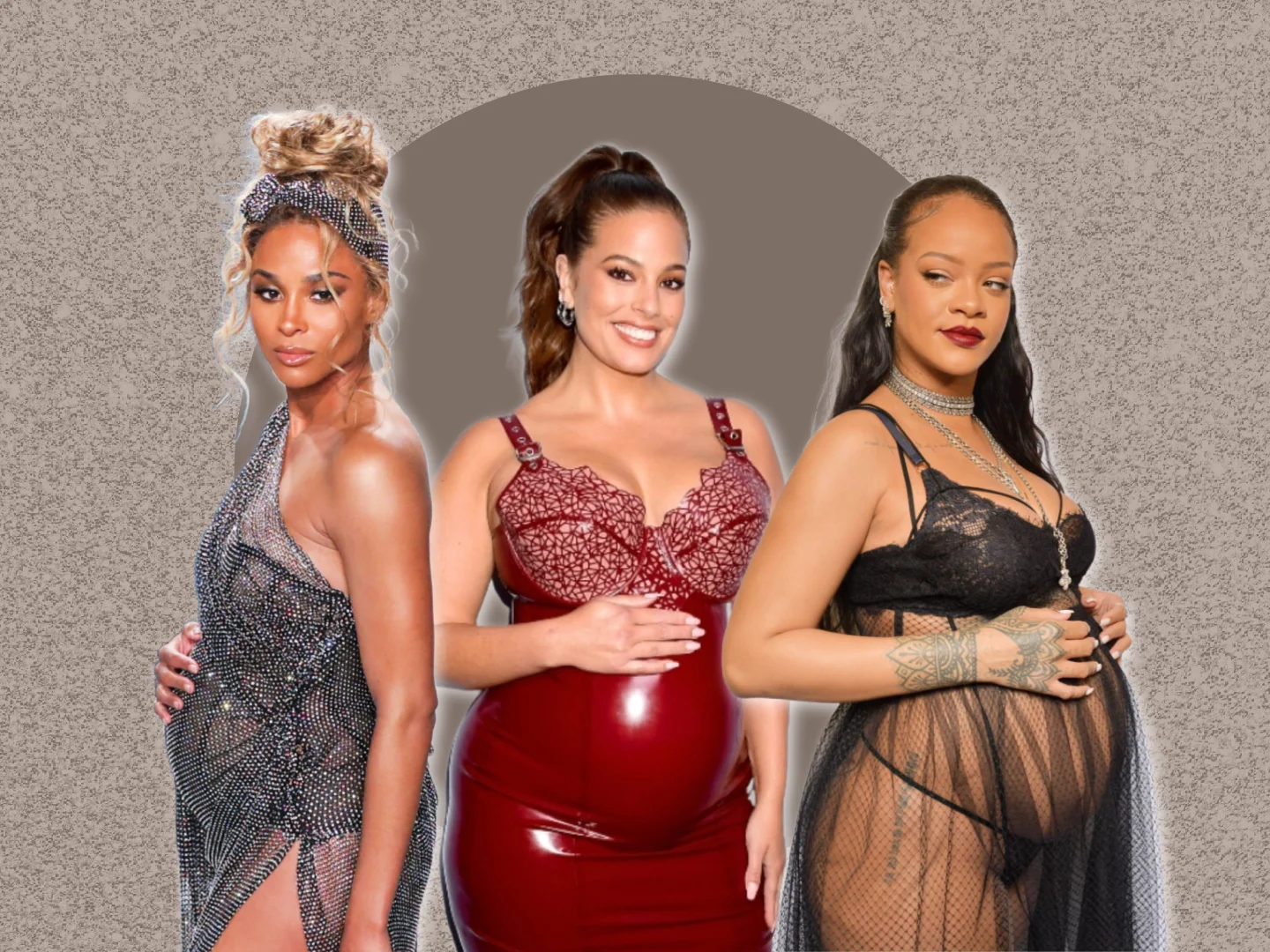During my freshman year of college, I quietly slipped into a middle seat in a bustling classroom. As I stared down at my notebook, I began to jot notes about rocks and some science I clearly failed to remember, as I can’t even recall what class it was. Hiding my unkempt ponytail was a dirty white baseball cap adorned with bold red letters proclaiming my allegiance to Ole Miss. Ironically, I wasn’t in Mississippi; I was attending college in West Virginia, nearly ten hours away from home.
The night before, my husband was furious. His anger was a constant presence, often boiling over into violence. I distinctly remember the first time he hurt me physically—he hurled a remote control at my forehead. I cried, not from the pain, but from the betrayal. My earliest memory of being hit dates back to when I was just five years old; I thought I had left that behind, but I hadn’t. My deep-seated insecurities and longing for a home led me right back into a different kind of hell.
After the remote incident, a painful cycle began—violence followed by apologies, then quiet days until the next outburst. Each act of aggression was justified by pleas like “I didn’t mean to” or “You make me so angry.” When my first semester began, he was furious over my economics class—not due to our finances, but because it was a large lecture hall with other boys. He raged, calling me names, and I eventually dropped the class.
I worked full-time to support us, clinging to my education as a path toward a better life. We married on New Year’s Eve 1999, with our honeymoon suite even providing instructions in case of a Y2K disaster. For those two days, I felt okay. But upon returning home, the rage that had been momentarily packed away returned with a vengeance.
One cold night in March, shortly after my 19th birthday, everything went wrong again. He demanded more money, claiming my cafe tips weren’t enough and accusing me of infidelity. I had picked up cold Wendy’s fries on the way home, and when I walked through the door, he threw them in my face. The confrontation escalated; he shoved me, and in a moment of raw anger, he punched me in the eye. Everything went dark, and I feared I was bleeding. It turned out the sensation was just from blood vessels bursting in my eye.
Pinned against a chair, I fought back with words, only to receive another blow. I wanted to call for help, but he yanked me by my hair, blocking my escape. As I tried to reach the landline, he ripped it from the wall and stormed out, taking my keys. What he didn’t know was I had a spare key hidden away—my lifeline.
I understood he wouldn’t return that night. I got up at four a.m., applying layers of concealer to hide my bruised eyes, hoping no one would notice. With my Ole Miss hat pulled low, I drove to class, feeling ashamed. As I sat in that classroom, replaying the horrors of the night before, I made a decision—I wouldn’t go back. I was three months pregnant and couldn’t protect myself, let alone a child.
I called my parents and returned to their house, where I could stay under the radar. I filed for a restraining order and a divorce, but tragically, my child was lost due to the violence. That Ole Miss hat was never worn again.
It took me fifteen years to share this story. I spoke briefly with a domestic violence counselor, and when I met my current husband, I finally revealed the truth about my past. Now, as October marks Domestic Violence Awareness Month, I hope my words encourage someone to leave an abusive relationship. I live with the heavy knowledge that my choice to stay cost an innocent life. Love should never hurt. Genuine love is kind and patient.
If you or someone you know is experiencing domestic violence, seek help. Don’t wait. For further guidance, check out resources available at the National Coalition Against Domestic Violence. You can also learn about home insemination and pregnancy through reputable sources like NHS and find essential supplies at Make a Mom.
In summary, it’s crucial to understand that love should not come with pain. If you find yourself in a similar situation, recognize that you are not alone and that there is a path to freedom and healing.

Leave a Reply